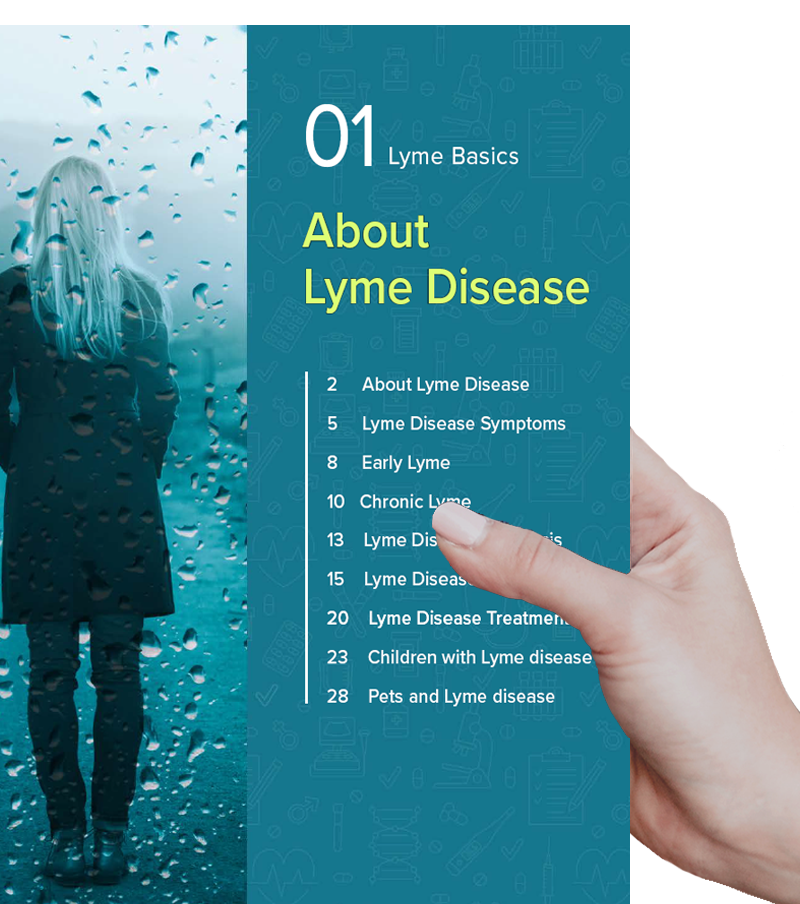Mast cell syndrome
Mast cell syndrome can affect multiple organs and mimic other conditions, making it difficult to recognize.
What is Mast Cell Syndrome?
Mast cell syndrome ─ also referred to as mast cell activation syndrome (MCAS) ─ is a type of mast cell disease, which occurs when the cells are overactive in your body. Everyone has mast cells, a type of white blood cell that helps the immune system respond to outside stressors or threats, such as infections, allergens and injuries.
Mast cells play an important role in protecting the body by releasing chemical mediators, like histamine and cytokines, to combat inflammation and allergies. When the cells release these chemicals, it can lead to various symptoms of mast cell syndrome.
These cells are found throughout the body ─ in bone marrow, skin, lungs, digestive tract and around blood vessels. And, while they are essential for normal immune function, mast cells can sometimes become overactive or dysfunctional. When this happens, the cells release chemical mediators too often and too easily.
When this overreaction of mast cells occurs it can trigger extreme allergic reactions or inflammatory responses, which impact many different parts of the body. As a result, people with mast cell syndrome experience a wide range of symptoms involving the skin, digestive system, cardiovascular system, or nervous system.
Infections like Lyme disease or other tick-borne illnesses can trigger or worsen MCAS by overstimulating the immune system. Chronic infections create ongoing inflammation, making mast cells hypersensitive and more likely to overreact to everyday triggers.

Suddenly, certain foods, medications, or everyday products like fragrances and cleaning supplies are problematic and cause a wide range of symptoms. This sudden onset of sensitivities is a hallmark feature of MCAS.
Types of Mast Cell Disease
There are two major forms of mast cell activation diseases.
Mastocytosis
is a rare condition where the body makes too many mast cells. These extra cells can build up in the skin, bone marrow, and other organs, leading to symptoms like flushing, skin changes, digestive problems, and, in severe cases, organ issues. It is typically diagnosed with a bone marrow biopsy or genetic test.
Mast Cell Activation Syndrome (MCAS)
occurs when mast cells become overactive, releasing excessive amounts of chemical mediators (i.e., histamine, cytokines, interleukins). This can cause unpredictable symptoms in the skin, gut, heart, and nervous system. Common triggers include certain foods, environmental exposures, stress, or infections.
Common Triggers of MCAS
Many different types of triggers can set off mast cell syndrome. In MCAS, mast cells release chemical mediators even when there is no real threat. This can happen in response to foods, medications, environmental factors, infections, stress, or changes in temperature.
Some common triggers include:
-
Infection: bacteria, fungi, parasite, virus
-
Insect bites: spiders, ticks, fleas, mosquitos, bed bugs
-
Foods: dairy, fermented or aged food, wheat, shell fish, sugar, preservatives
-
Drugs: alcohol, hormones, opioids, medications and/or fillers in medications
-
Environmental: sun exposure, temperatures and/or pressure changes, pollen, dust, mold, animal dander, heavy metals, pesticides
-
Noxious odors: perfumes, smoke, exhaust fumes, smog, cleaning supplies
Because triggers vary so widely, identifying and managing mast cell syndrome can be challenging. What causes a reaction in one person may not affect another. Keeping a symptom and trigger diary, minimizing known exposures, and working with a knowledgeable clinician can help individuals better understand their unique sensitivities and reduce flare-ups over time.
Note: The information presented on this page has been reviewed and approved by a member of our Medical Leadership Board.
Take the first step towards understanding tick-borne disease with an exclusive guide to something here, all backed by world-leading science.

More Lyme Basics
Learn More
Ticks are tiny parasites that feed on the blood of their hosts (humans and animals) in order to survive and advance to the next life cycle stage. Most ticks have four stages: egg, larva, nymph and adult. The larva and nymph need a blood meal to move to the next stage. Ticks are extremely small, with the nymph the size of a pinhead.
Learn More
Learn More




